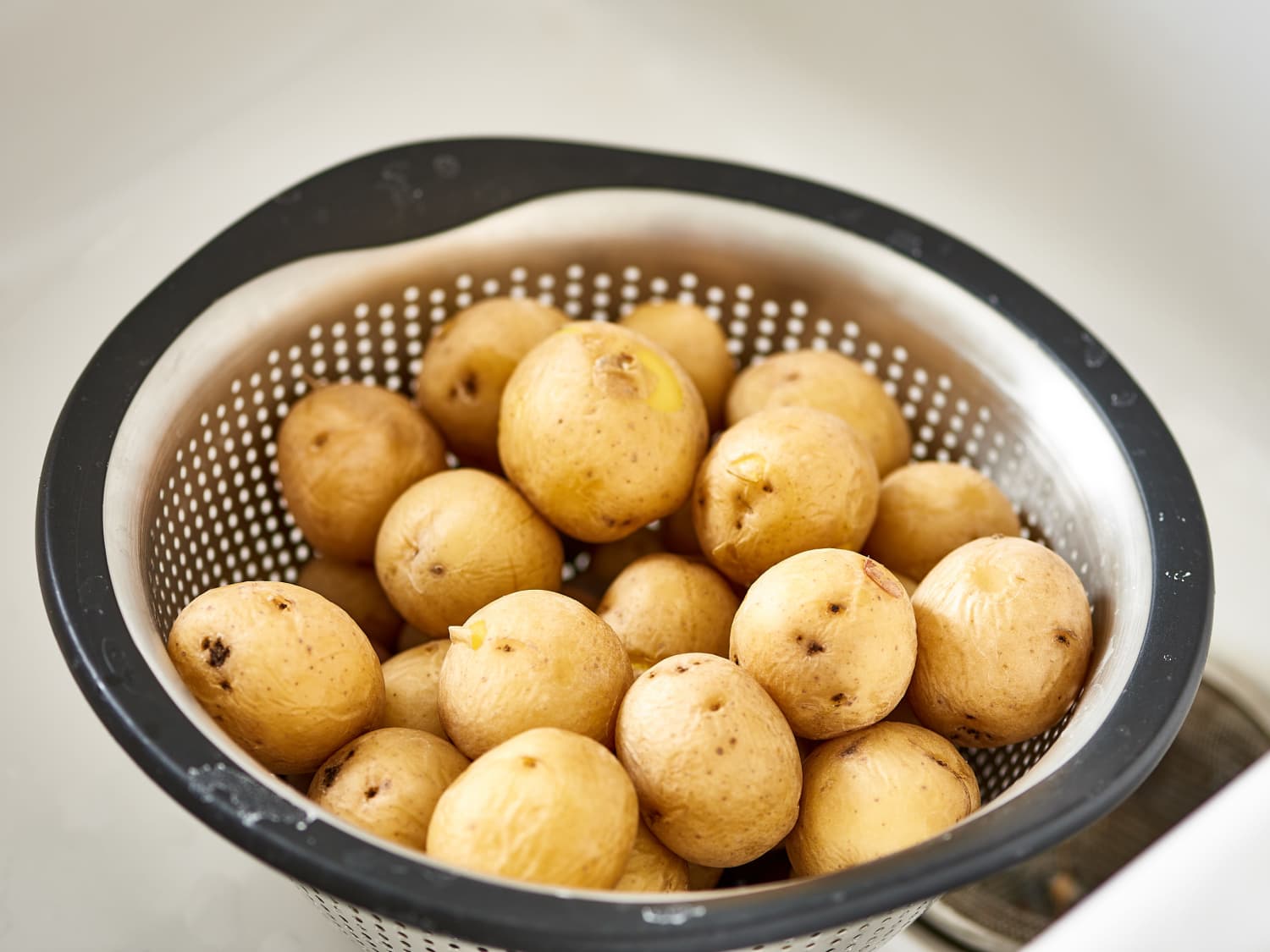

Articles
How To Store Boiled Potatoes Without Fridge
Modified: May 6, 2024
Learn how to store boiled potatoes without a fridge in our informative article. Find out practical tips and tricks to keep your potatoes fresh for longer periods.
(Many of the links in this article redirect to a specific reviewed product. Your purchase of these products through affiliate links helps to generate commission for Storables.com, at no extra cost. Learn more)
Introduction
Storing boiled potatoes without a refrigerator can be a challenge, especially if you want to keep them fresh and prevent spoilage. Whether you’re camping, facing a power outage, or simply want to reduce your reliance on modern appliances, there are several methods you can use to store boiled potatoes effectively.
Boiled potatoes are a versatile and nutritious food that can be used in various recipes, from mashed potatoes to potato salad. However, their high water content makes them prone to spoilage if not stored properly. By following the right techniques, you can extend the shelf life of boiled potatoes and ensure they remain safe for consumption.
In this article, we will explore eight different methods to store boiled potatoes without a fridge. These methods utilize household items and proper storage techniques to keep your potatoes fresh for extended periods. Whether you have a root cellar, a pantry, or limited space, there’s a method that will suit your needs.
Before we dive into the methods, it’s essential to note that the key to successful potato storage lies in providing the ideal environment: low temperature, darkness, and proper air circulation. By controlling these factors, you can preserve the texture, flavor, and quality of your boiled potatoes.
So, let’s take a look at these eight methods and learn how to store boiled potatoes without a fridge!
Key Takeaways:
- Extend the shelf life of boiled potatoes without a fridge by utilizing cool, dark places, paper bags, aluminum foil, salt, olive oil, and root cellars. Regularly check for spoilage and handle with care to maintain freshness.
- Embrace traditional and creative methods to store boiled potatoes without refrigeration. From clay pots to well-ventilated containers, these techniques offer unique flavors and extended shelf life. Regular inspection and proper storage conditions are key.
Read more: How To Store Boiled Potatoes In Fridge
Method 1: Use a Cool, Dark Place
One of the simplest and most effective ways to store boiled potatoes without a refrigerator is to keep them in a cool, dark place. The ideal temperature for storing potatoes is around 45-50 degrees Fahrenheit (7-10 degrees Celsius). This temperature range slows down the natural process of potato sprouting, keeping them fresh for longer.
You can store your boiled potatoes in a basement, cellar, or any other area that maintains a relatively low and stable temperature. Make sure the place is well-ventilated to prevent excessive moisture buildup. It’s important to note that storing potatoes in a warm or sunny location can cause them to sprout or spoil quickly.
When storing your boiled potatoes in a cool, dark place, it’s best to use a breathable container such as a mesh bag, burlap sack, or a cardboard box with ventilation holes. This allows for better air circulation, preventing moisture buildup and prolonging the shelf life of your potatoes.
Prior to storing, inspect your boiled potatoes for any signs of damage, such as cuts, bruises, or soft spots. Remove any damaged potatoes, as they can accelerate the spoilage process and affect the quality of the others. It’s also a good idea to separate your potatoes from other fruits and vegetables to prevent the release of ethylene gas, which can cause them to sprout or ripen faster.
Remember to periodically check your stored boiled potatoes for any signs of decay or sprouting. Discard any potatoes that have gone bad to prevent the growth of mold and the spread of spoilage to the rest of the batch.
By utilizing a cool and dark place for storage, you can significantly extend the shelf life of your boiled potatoes and enjoy them for a longer period.
Method 2: Store in a Paper Bag
Using a paper bag is another effective method for storing boiled potatoes without a fridge. Paper bags provide a breathable environment that helps to maintain the right moisture levels and prevent the potatoes from spoiling.
To store your boiled potatoes in a paper bag, start by ensuring they are thoroughly cooled. Any leftover moisture can lead to rot or sprouting. Once cooled, place the boiled potatoes in a clean and dry paper bag. Make sure not to overcrowd the bag, as this can trap excess moisture and cause the potatoes to spoil.
Next, fold the top of the paper bag and store it in a cool, dark place. The paper bag helps to regulate moisture levels by absorbing excess moisture while also allowing for proper air circulation. It’s important to keep the bag away from direct sunlight or any heat sources that can accelerate the spoilage process.
When using the paper bag method, it’s essential to regularly check the potatoes for any signs of spoilage. Remove any sprouting or rotting potatoes promptly to prevent the spread of decay to the healthy ones. Additionally, avoid storing potatoes with strong-smelling foods like onions or garlic, as the potatoes can absorb their aromas.
Remember to handle the paper bag with care to avoid puncturing or tearing it. If you notice any holes in the bag, transfer the stored potatoes to a new bag to prevent exposure to light or excessive air, which can hasten spoilage.
Using a paper bag to store boiled potatoes is a simple and effective method that can help prolong their shelf life. Just ensure to keep the bag in a cool, dark environment and regularly monitor the potatoes for any signs of sprouting or decay.
Method 3: Wrap in Aluminum Foil
Wrapping boiled potatoes in aluminum foil is a practical method for storing them without a refrigerator. Aluminum foil helps to create a barrier that protects the potatoes from excessive light, moisture, and air exposure, which can lead to spoilage.
To store your boiled potatoes with this method, allow them to cool completely before wrapping them individually in sheets of aluminum foil. Ensure that each potato is tightly wrapped to create a seal and prevent the entry of air.
Once wrapped, place the foil-wrapped potatoes in a cool and dark area, away from direct sunlight or heat sources. Ideally, the temperature should be between 45-50 degrees Fahrenheit (7-10 degrees Celsius). This method helps to maintain the potatoes’ texture and flavor for an extended period.
It’s important to note that aluminum foil can be reused for storing boiled potatoes as long as it remains clean and intact. However, if any of the foil wraps become damaged or torn, it’s best to replace them to maintain an airtight seal.
When using aluminum foil to store boiled potatoes, it’s crucial to check them regularly for any signs of spoilage, such as sprouting, mold growth, or a foul odor. Remove any potatoes that show signs of decay to prevent the spread of spoilage to the rest of the batch.
Additionally, be mindful not to store potatoes with other fruits or vegetables that produce ethylene gas, as it can accelerate the aging and spoilage process. Keep the foil-wrapped potatoes separate from these ethylene-producing items.
Wrapping your boiled potatoes in aluminum foil provides an effective protective layer that helps them stay fresh for longer. Remember to store them in a cool, dark place and inspect them periodically to ensure their quality.
Method 4: Preserve with Salt
Preserving boiled potatoes with salt is a traditional method that has been used for centuries to extend their shelf life. Salt acts as a natural preservative by drawing out moisture from the potato and creating an environment that inhibits bacterial growth.
To use salt as a preservation method, start by boiling your potatoes until they are cooked but still firm. Drain the water and allow the potatoes to cool completely. Once cooled, sprinkle a generous amount of salt over the boiled potatoes, ensuring that they are evenly coated.
Next, transfer the salted potatoes to a container with a tight-fitting lid or a sealable plastic bag. Make sure to layer the potatoes, separating them with a sprinkling of salt to ensure each one is adequately covered.
Store the salted potatoes in a cool and dark place, such as a pantry or cellar. The salt will create a hypertonic environment that reduces the available moisture, preventing bacterial growth and spoilage.
When you’re ready to use the preserved potatoes, rinse them under running water to remove the excess salt. This step is important to ensure the desired taste and texture of the potatoes.
It’s crucial to note that salted preserved potatoes may have a saltier taste than usual, so adjust your seasoning accordingly when incorporating them into recipes.
Be mindful that this preservation method works best for boiled potatoes that will be used for cooking rather than eating as is. The preserved potatoes will have a different texture and flavor compared to fresh boiled potatoes.
Using salt as a preserving agent for boiled potatoes is a reliable method that can extend their shelf life by several weeks. However, ensure to check the potatoes for any signs of spoilage before using them and discard any that appear to be decayed or have an off odor.
After boiling, let the potatoes cool to room temperature, then store in a paper bag in a cool, dark place. Check regularly for any signs of sprouting or spoilage.
Read more: How To Store Boiled Potatoes
Method 5: Store in a Root Cellar
If you have access to a root cellar, it can be an excellent location for storing boiled potatoes without a fridge. Root cellars provide a cool, dark, and humid environment that is ideal for long-term storage of root vegetables, including potatoes.
To store boiled potatoes in a root cellar, ensure that the cellar is clean and free from any mold or mildew. The temperature in the root cellar should be around 40-45 degrees Fahrenheit (4-7 degrees Celsius) with a humidity level of 90-95%. You can monitor the temperature and humidity using a thermometer and hygrometer.
If your root cellar has shelves, place the boiled potatoes in crates, boxes, or baskets. Make sure to arrange them in a single layer, providing enough space between each potato for proper air circulation. Avoid stacking them on top of each other, as this can lead to bruising and spoilage.
If your root cellar doesn’t have shelves, you can use straw or wood shavings as a bedding material to create a layer between the potatoes and the cellar floor. This helps to absorb excess moisture and prevent rot.
It’s essential to check the boiled potatoes regularly for any signs of decay or sprouting. Remove any spoiled potatoes promptly to prevent the spread of spoilage to the others. Additionally, ensure there is no ethylene-producing produce nearby, as it can accelerate the aging and spoilage process for the potatoes.
Remember to maintain the cleanliness and hygiene of the root cellar. Regularly inspect and clean the area to minimize the risk of pests or mold growth that can affect the quality of the stored potatoes.
Storing boiled potatoes in a root cellar provides an excellent environment to keep them fresh and prevent spoilage. With the right temperature and humidity control, you can enjoy your potatoes for an extended period without the need for refrigeration.
Method 6: Keep in a Well-Ventilated Container
Keeping boiled potatoes in a well-ventilated container is a practical method to store them without a fridge. Proper ventilation helps to prevent excessive moisture buildup, which can lead to rotting and spoilage.
Start by allowing your boiled potatoes to cool completely before transferring them to a container. Choose a container that is clean, dry, and has good airflow. One option is a wire or mesh basket that allows for proper ventilation.
Gently arrange the boiled potatoes in a single layer in the container, ensuring there is enough space between each potato for air to circulate. Avoid overcrowding, as this can trap moisture and promote the growth of mold or bacteria.
Place the ventilated container in a cool, dark area away from direct sunlight or heat sources. The ideal temperature for storing boiled potatoes is between 45-50 degrees Fahrenheit (7-10 degrees Celsius).
It’s important to periodically check the stored potatoes for any signs of sprouting or decay. Remove any potatoes that are starting to spoil to prevent the spread of spoilage to others in the container.
Additionally, be mindful of ethylene-producing fruits and vegetables. Keeping potatoes away from ethylene producers like apples, bananas, and tomatoes can help prolong their freshness. Ethylene gas can accelerate the aging process and cause potatoes to sprout or spoil faster.
Proper ventilation is crucial to prevent moisture build-up in the container. This helps to maintain the texture and quality of the boiled potatoes for a longer period.
By using a well-ventilated container, you can effectively store boiled potatoes without a fridge. Just ensure to provide proper airflow and regularly inspect the potatoes for any signs of spoilage.
Method 7: Utilize a Clay Pot
Using a clay pot is a traditional and effective method for storing boiled potatoes without a fridge. Clay pots provide a natural cooling effect and absorb excess moisture, keeping the potatoes fresh for an extended period of time.
Start by selecting a clean and unglazed clay pot that is large enough to hold the desired quantity of boiled potatoes. Soak the clay pot in water for a few hours before use, as this helps to create a natural cooling effect when the water evaporates from the pot’s surface.
Once the clay pot is soaked, drain any excess water and line the bottom with a layer of sand or newspaper. This prevents direct contact between the potatoes and the clay, reducing the risk of rotting or sticking.
Place your cooled boiled potatoes inside the clay pot, ensuring they are arranged in a single layer. Avoid overcrowding the potatoes, as this can lead to bruising and spoilage.
After filling the pot, cover it with a clean cloth or a lid that allows for some airflow. This helps to maintain the ideal moisture balance and prevent excessive drying or condensation.
Store the clay pot in a cool and dark location, away from heat sources and direct sunlight. The temperature should ideally be maintained between 45-50 degrees Fahrenheit (7-10 degrees Celsius).
Regularly check the stored potatoes for any signs of decay or sprouting. Remove any potatoes that have begun to spoil to avoid the spread of spoilage to the others.
Remember that clay pots have a porous nature, so it’s important to keep the pot dry and clean. Excess moisture or residue can lead to mold growth or an unpleasant odor.
By utilizing a clay pot for storing boiled potatoes, you can benefit from its natural cooling properties and moisture absorption, helping to maintain the potatoes’ freshness and quality for a longer period of time.
Method 8: Preserve with Olive Oil
Preserving boiled potatoes with olive oil is a unique and flavorful method that can help extend their shelf life without a refrigerator. Olive oil creates a protective barrier that helps seal in moisture and prevents the entry of air, reducing the risk of spoilage.
To preserve boiled potatoes with olive oil, start by allowing them to cool completely after boiling. Once cooled, place the potatoes in a clean and dry container, ensuring they are arranged in a single layer.
Next, gently pour enough olive oil into the container to fully cover the potatoes. The oil should create a layer that completely coats the potatoes, acting as a protective seal.
Ensure that the container has a tight-fitting lid to prevent any air from entering. This will help maintain the quality and freshness of the preserved potatoes.
Store the container in a cool, dark place, away from direct sunlight or heat sources. The ideal temperature for preserving boiled potatoes with olive oil is between 45-50 degrees Fahrenheit (7-10 degrees Celsius).
When you’re ready to use the preserved potatoes, remove them from the container and drain off any excess olive oil. You can use the oil for cooking or discard it, depending on your preference.
It’s important to note that potatoes preserved in olive oil may have a different texture and flavor compared to fresh boiled potatoes. The olive oil may infuse its taste into the potatoes, adding a delicious and unique flavor profile.
Regularly inspect the preserved potatoes for any signs of spoilage, such as mold growth, an unusual smell, or a slimy texture. Discard any potatoes that show signs of decay to prevent the spread of spoilage to the rest.
Preserving boiled potatoes with olive oil is not only a practical method for storage but also adds a delightful taste to your dishes. Just make sure to use good-quality olive oil and properly monitor the potatoes for any signs of spoilage.
Read more: How To Store Boiled Potatoes Overnight
Conclusion
Storing boiled potatoes without a fridge is possible with various methods that help maintain their freshness and extend their shelf life. By utilizing cool, dark places, well-ventilated containers, and natural preservation techniques, you can enjoy your boiled potatoes for an extended period without the need for refrigeration.
Using a cool, dark place such as a root cellar or a pantry can provide the ideal environment for storing boiled potatoes. The low temperature and reduced light exposure help slow down sprouting and spoilage.
Methods such as storing in a paper bag or wrapping in aluminum foil provide breathable storage options that allow for proper air circulation while protecting the potatoes from excessive moisture and light.
Preserving boiled potatoes with salt or olive oil creates a barrier that inhibits bacterial growth and helps to maintain their texture and flavor. These methods add unique flavors and can be an excellent choice for culinary enthusiasts.
Regardless of the method you choose, it’s important to regularly check the stored potatoes for any signs of decay or sprouting. Removing any spoiled potatoes promptly can prevent the spread of spoilage to the rest of the batch.
Remember to handle the potatoes with care, inspect the storage containers for cleanliness, and avoid storing potatoes with ethylene-producing fruits and vegetables.
In conclusion, with a little planning and the use of creative methods, you can effectively store boiled potatoes without a fridge. By utilizing the right techniques and providing the ideal storage conditions, you can enjoy the freshness and versatility of boiled potatoes even in situations where refrigeration is not available.
Excited about mastering the art of storing boiled potatoes without a fridge? Our journey doesn't end here! Dive deeper into the world of tuber preservation with our detailed guide on the best potato storage solutions coming in 2024. Whether you're a culinary enthusiast or a home cook, these insights will ensure your spuds stay fresh and delightful for every meal. Don't miss out on these smart, practical storage solutions that can transform your kitchen efficiency and potato quality!
Frequently Asked Questions about How To Store Boiled Potatoes Without Fridge
Was this page helpful?
At Storables.com, we guarantee accurate and reliable information. Our content, validated by Expert Board Contributors, is crafted following stringent Editorial Policies. We're committed to providing you with well-researched, expert-backed insights for all your informational needs.
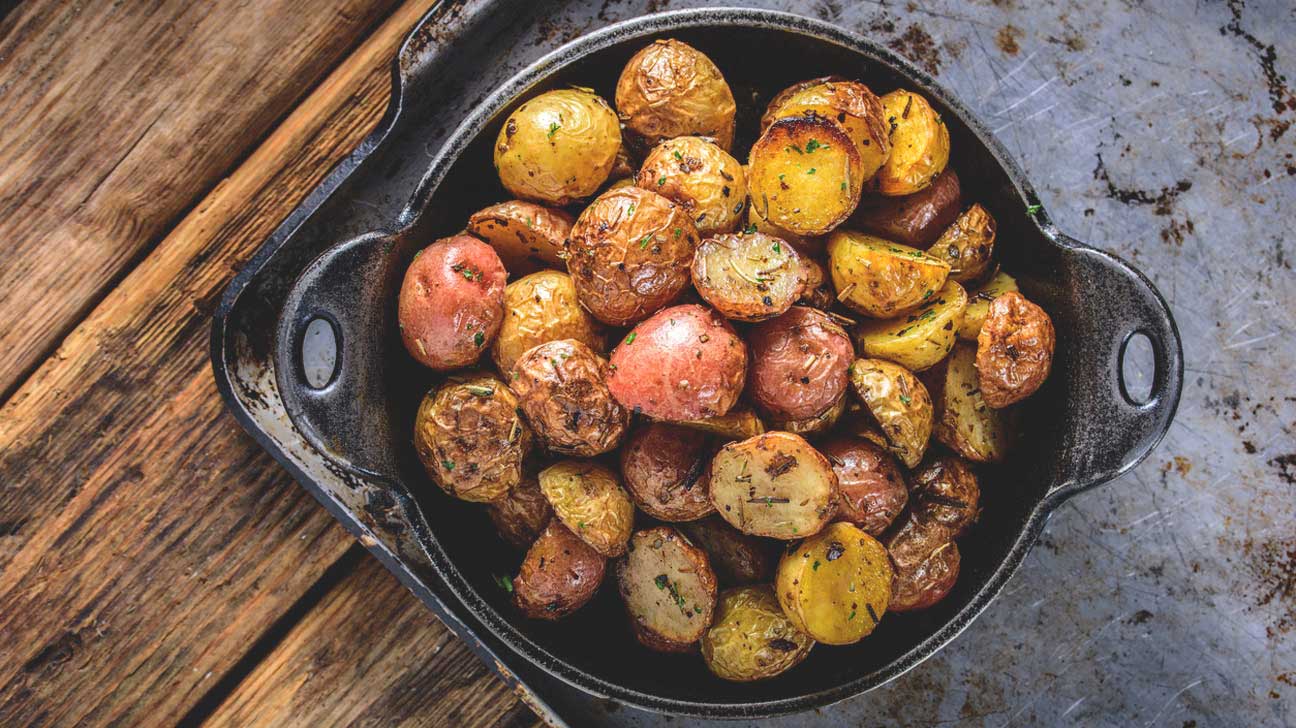
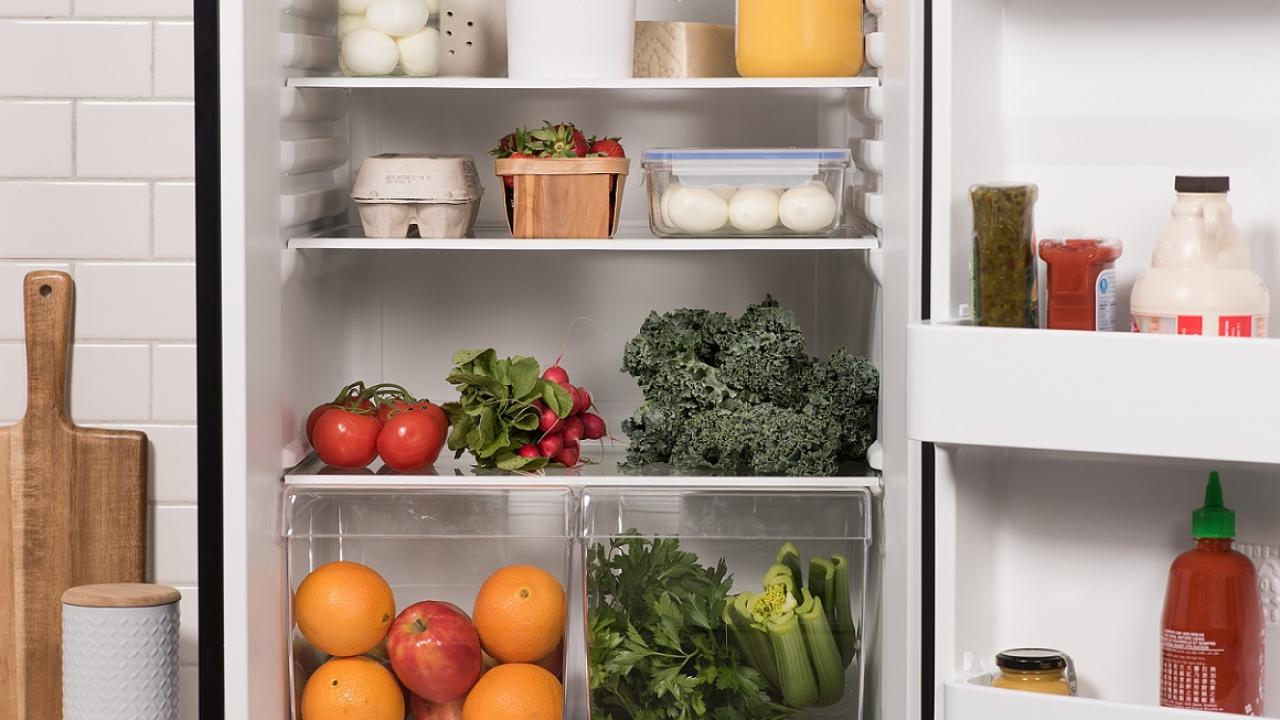


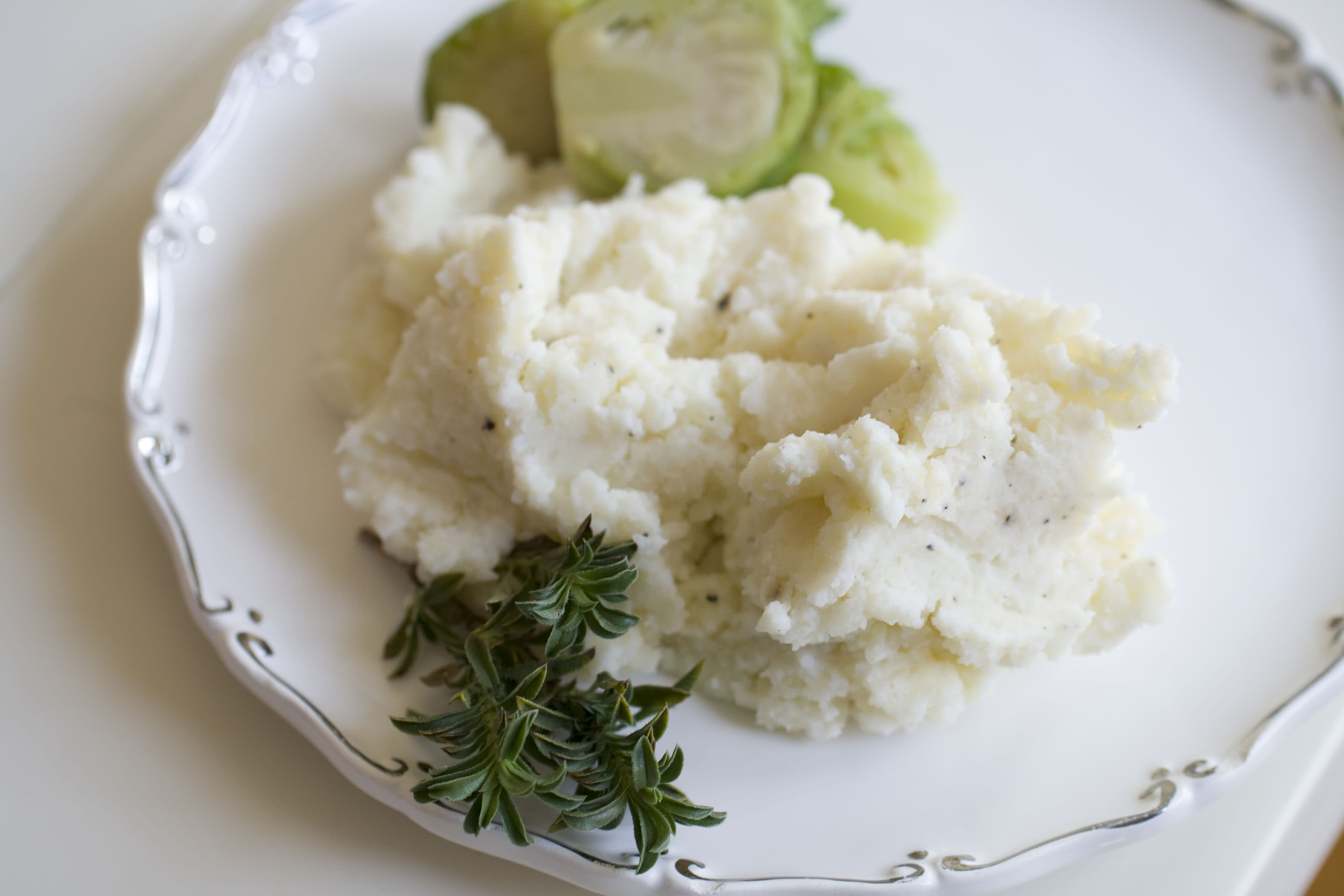
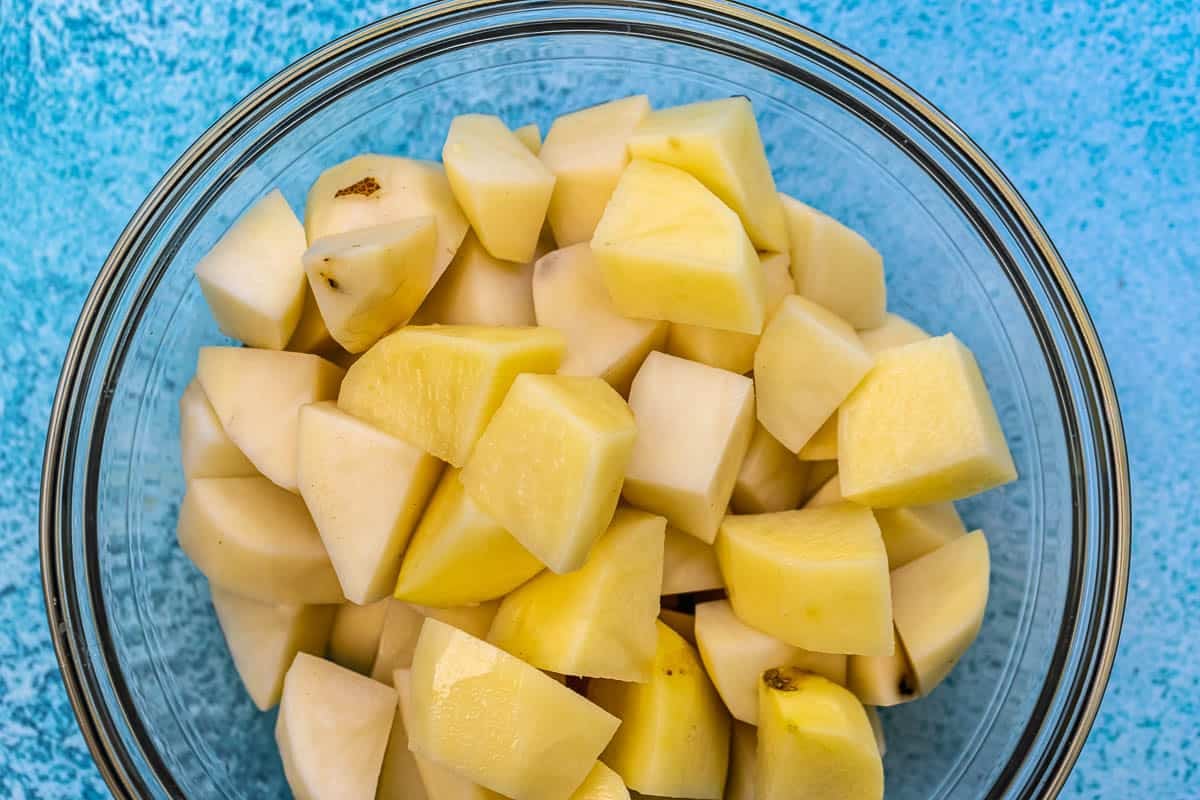

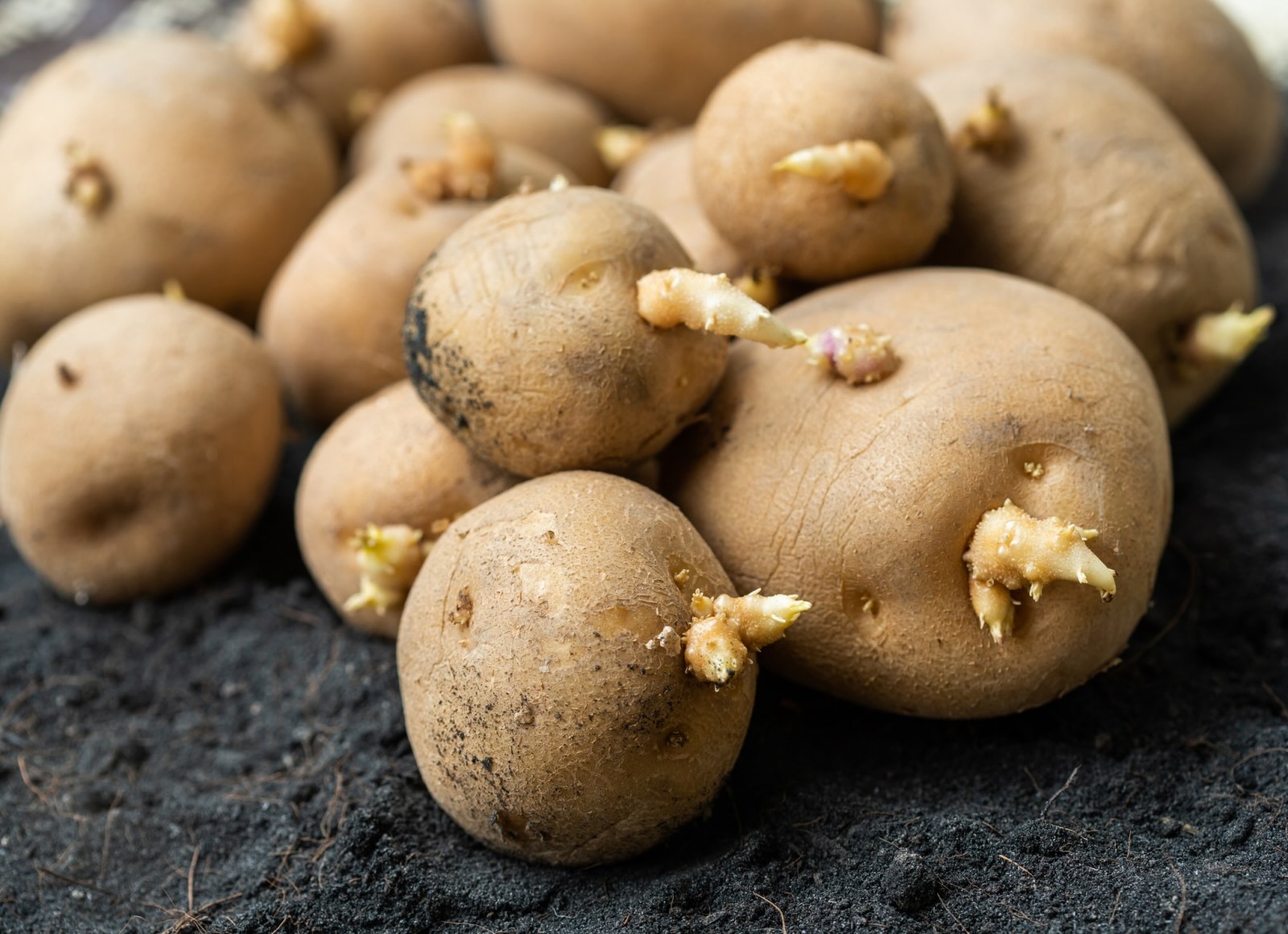
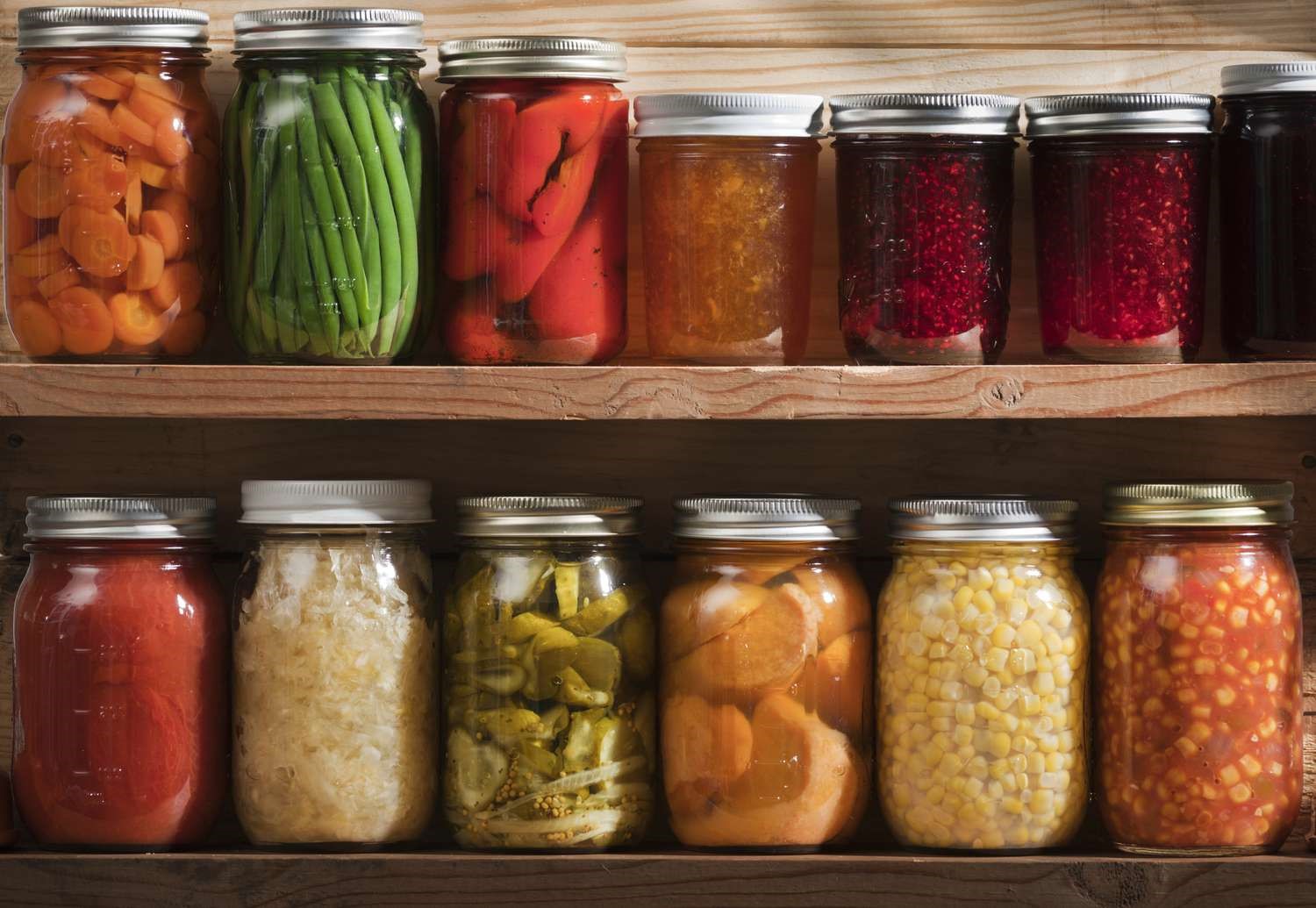

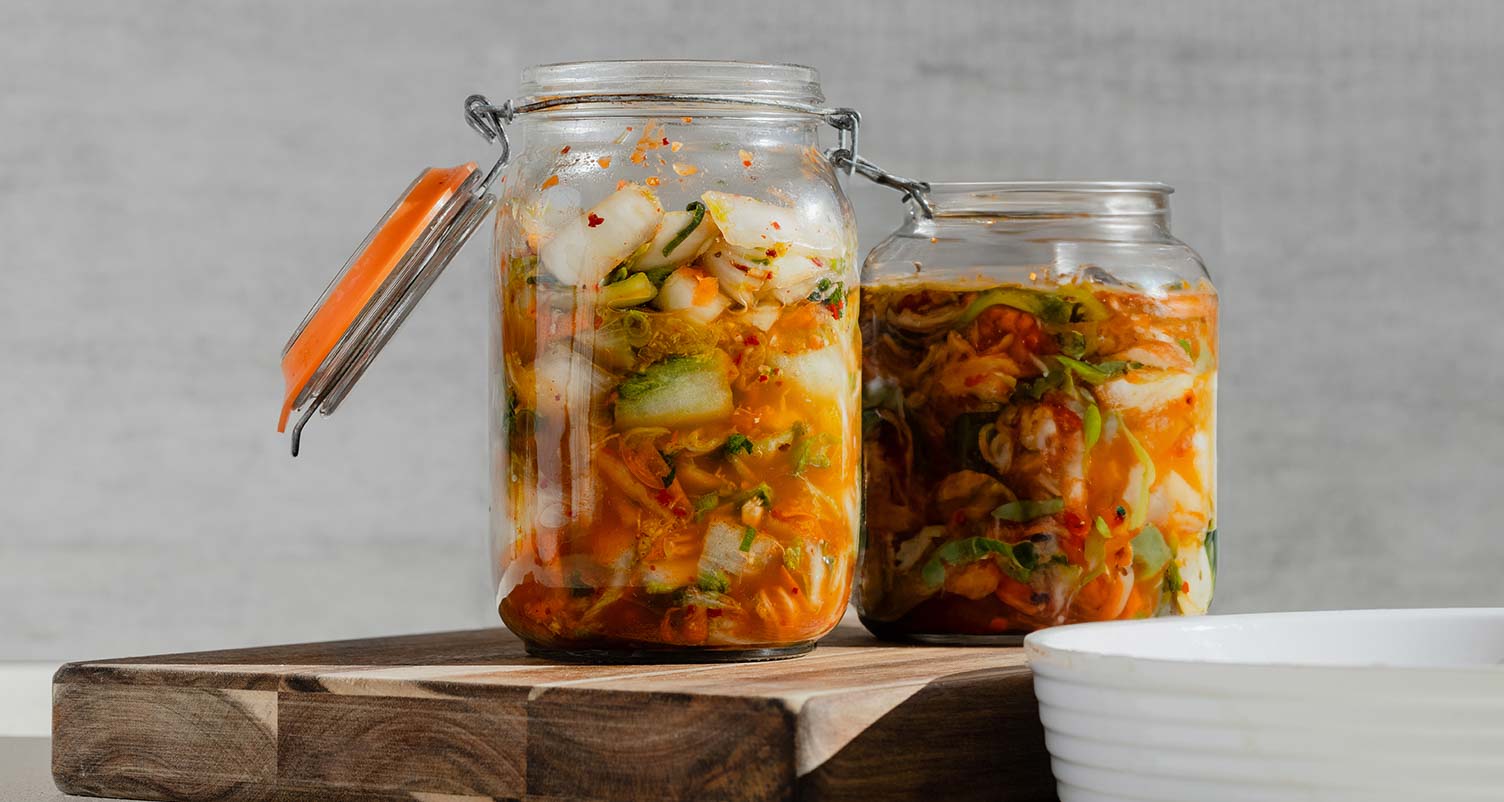



0 thoughts on “How To Store Boiled Potatoes Without Fridge”